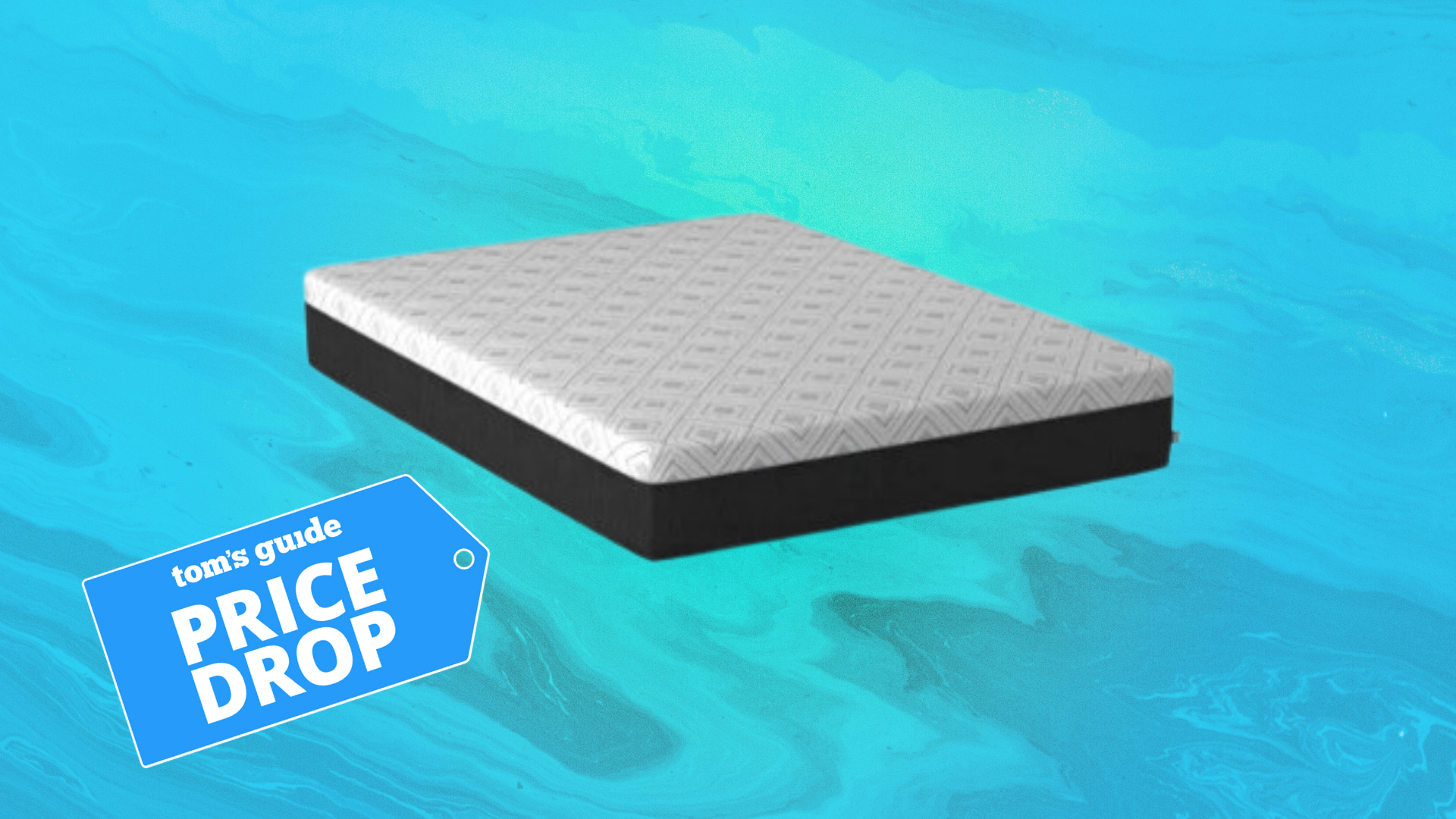iPhone 13: 6 things we love (and 3 things we don't)
Trying to decide if the new iPhone is for you? Here's what we love — and don't — about the iPhone 13
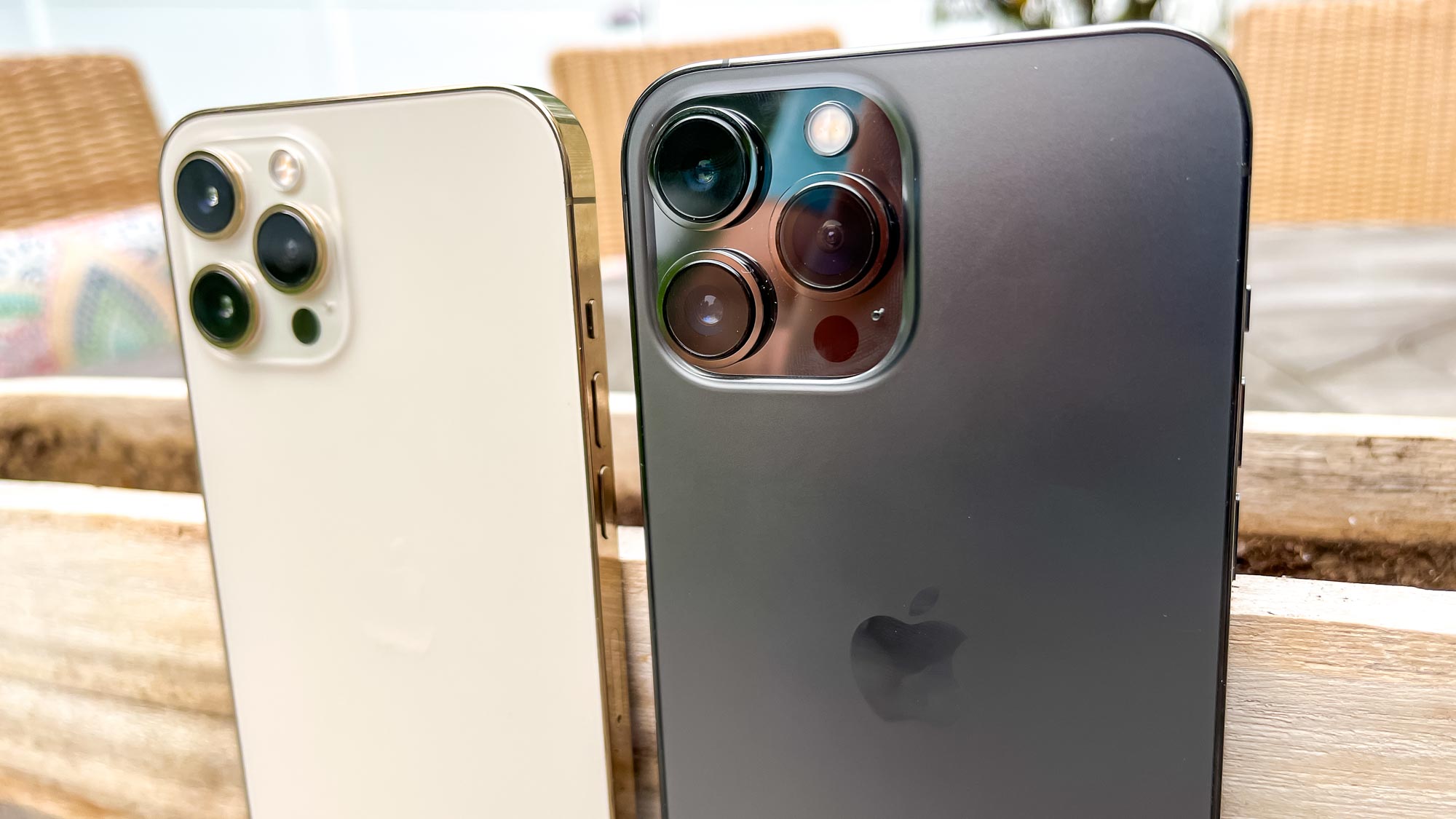
The iPhone 13 has arrived, with all four new models hitting stores today (Sept. 24). If you didn't preorder your new iPhone, you can head down to the nearest Apple Store or your favorite carrier to see if the iPhone 13, iPhone 13 mini or either iPhone 13 Pro model is in stock. (Just be sure to check out our guide to the best iPhone 13 deals before you start shopping.)
We're big fans of the latest iPhones, in case you haven't heard, with the iPhone 13 Pro Max earning our highest rating. But the other iPhones won rave reviews, too, earning praise for some welcome new features that tackled the few flaws from last year's phones while also expanding the iPhones' capabilities.
- iPhone 13 vs. iPhone 13 Pro: Which should you pick?
- All the best unlocked iPhones ranked
- Plus: iPhone 14: 7 biggest upgrades we want to see
If you're still on the fence about whether to get an iPhone 13, we can help you decide if any of the new phones is the right choice for you. Below we'll talk about the features that place the various iPhone 13 models high on the list of best iPhones as well as some things we don't like about the latest devices from Apple.
iPhone 13: What we like
There's a reason the iPhone 13 models got top marks in our reviews, with the iPhone 13 Pro Max vaulting to the top of the list for best phones. Here's a summary of what Apple got right with this round of updates.
More storage on the iPhone 13 base model: Our biggest ongoing complaint with iPhones has been Apple's stingy attitude toward storage, particularly with its entry-level models. While the iPhone Pro series had joined the rest of the world in offering enough onboard capacity, last year's iPhone 12 and iPhone 12 mini started with just 64GB of storage.
Apple changed that with the iPhone 13 and iPhone 13 mini, upping the amount of storage in the base models to 128GB. Now when determining how much iPhone storage you need at the time of purchase, you can opt for the starting price in many cases, free from the fear that you're being shortchanged.
The iPhone Pro models already had 128GB of storage in their base models, so Apple went the other direction. You can get a 1TB iPhone 13 Pro or iPhone 13 Pro Max — if you don't mind paying MacBook Pro prices.
Get instant access to breaking news, the hottest reviews, great deals and helpful tips.
Camera hardware improvements: These days, smartphones are pretty camera-centric, and Apple makes the most of that with the iPhone 13 release. The iPhone 13 Pro and iPhone 13 Pro Max get the more extensive updates with a larger main sensor and wider aperture, plus a more powerful optical zoom and an ultrawide angle shooter with that has a bigger aperture and a wider field of view.
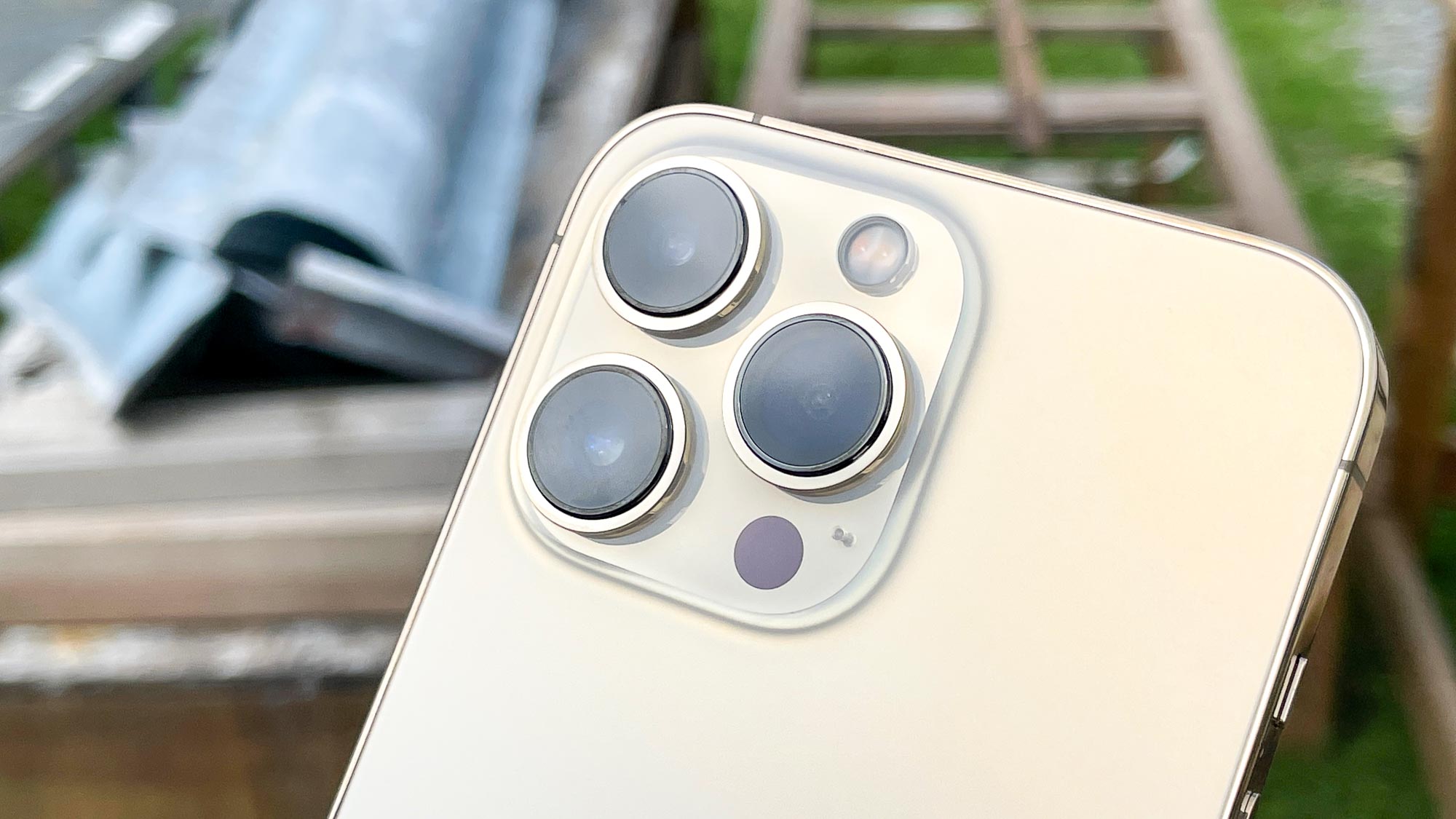
The iPhone 13 and iPhone 13 mini get improvements of their own, chiefly a larger main sensor that lets in 47% more light than the iPhone 12 did. The ultrawide angle lens on these phones can capture four times more scene than before.
The bottom line for these improvements is that the iPhones should perform better when it comes to taking photos in darker settings, as the larger sensors and wider apertures let in more light. That usually translates to brighter pictures and less noise.
Certainly, our testing backs that up, as the various iPhone 13 models match and surpass some of the best camera phones we've tested in the past year. A lot of that comes down to software tweaks — we'll talk about an exciting new feature in a moment, but the new camera hardware plays a big role, too.
Cinematic mode: Speaking of software improvements to the iPhone's picture-taking capabilities, the most eye-catching feature added to the iPhone this year is Cinematic mode. Activate Cinematic mode when shooting video, and you can add Hollywood-style rack focus to your video, where the main subject appears in focus while the background is blurred.
It gets better — if the person you're shooting turns to look at something else, the focus automatically shifts too. Or you can manually change the focus from the foreground to the background, depending on what you want to emphasize.
Cinematic mode isn't flawless, and you're limited to shooting at 1080p resolution instead of 4K. But boy, is it a lot of fun to play with, and we expect a lot of Cinematic mode videos from early iPhone 13 adopters to pop up in the next few weeks.
120Hz displays on the iPhone 13 Pro: Apple may be late to the high refresh rate party that Android phones have been dropping in on for more than a year, but it certainly did the feature right when it added ProMotion displays to the iPhone 13 Pro and iPhone 13 Prom Max. Thanks to this feature, the 6.1- and 6.7-inch screens on the Pro and Pro Max will dynamically adjust their refresh rate, ramping things up to 120Hz when you can reap the benefits of smoother scrolling and richer graphics or scaling down to 10Hz to preserve battery life.
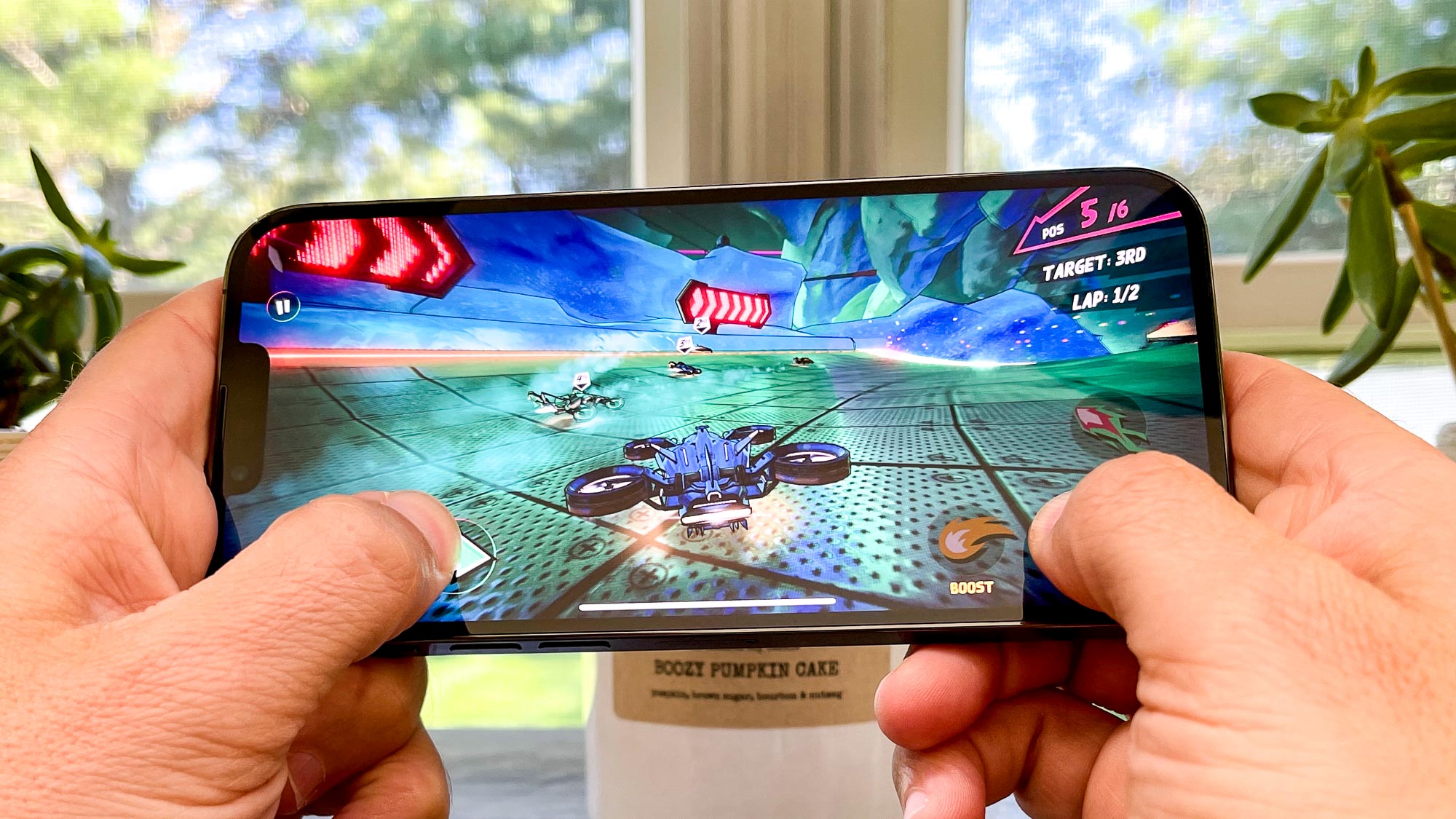
Fast-refreshing screens make a world of difference when it comes to the overall smartphone experience, and the ProMotion displays on the iPhone 13 Pro models certainly give those phones a more professional sheen. It's just a shame that not every new iPhone owner is going to get to experience this particular addition. (But we're getting ahead of ourselves.)
A15 Bionic performance: At this point, it's fairly predictable when a new iPhone comes out to discover that yes, the processor in the new models outperforms everything else on the market. Still, we should never take for granted how skilled Apple is at designing high-performance processors for its phones. The A15 Bionic chipset is another example of that.
As seen in our iPhone 13 benchmarks, the gap isn't that wide between the A15 and A14 Bionic that powered the iPhone 12 lineup. But it is there. More importantly, the new chip continues to keep Apple streets ahead of the best chips fueling leading Android devices.

And there's more than just a performance boost here. The neural engine on the A15 Bionic has also been beefed up, and that's powering a lot of new capabilities that rely on the chip's added smarts. Cinematic mode is a perfect example of this.
Best of all, Apple continues to use the same chip in all four iPhone models. Apart from differences in RAM and an extra core in the GPU of the iPhone 13 Pro models, you're going to get the same blazing-fast performance on the cheapest model as you would on the iPhone 13 Pro Max.
Better battery life than last year: If we had to pick just one thing about the iPhone 12 family that we didn't much care for, it would be the disappointing battery life on three of the four models. (iPhone 12 Pro Max, you are excused from this discussion.) Apple clearly wasn't that impressed by the battery life, either, as it increased the battery sizes across all four phones relative to their iPhone 12 counterparts. (Just how much bigger, Apple won't say.)
| iModel | iBattery life (hours:mins) |
| iPhone 13 Pro Max | 12:16 |
| iPhone 12 Pro Max | 10:53 |
| iPhone 13 Pro | 11:42 |
| iPhone 12 Pro | 9:06 |
| iPhone 13 | 10:33 |
| iPhone 12 | 8:25 |
| iPhone 13 mini | 8:41 |
| iPhone 12 mini | 7:28 |
Those big batteries along with better power consumption by the A15 Bionic means that the iPhone 13 models last longer than last year's phones. in our iPhone 13 battery testing, all four new phones posted better times than their predecessors. The iPhone 13 Pro and iPhone 13 Pro Max improved so much, they're now on our best phone battery life rankings. The iPhone 13 finished ahead of the average time for smartphones, too. Only the iPhone 13 mini still lags behind the average, but it certainly outlasts the iPhone 12 mini.
iPhone 13: What we don't like
As much as we appreciate the iPhone 13, Apple's phones aren't flawless. There are a few things we would like to have seen in this year's models, and their absence is all the more glaring given how Apple nailed it with nearly ever aspect of its phones.
No 120Hz displays for the iPhone 13: The ProMotion displays on the iPhone 13 Pro models are great, like we said. So it's a shame that the iPhone 13 and iPhone 13 mini can't reap the same benefit. Instead, those phones feature OLED panels that are stuck at 60Hz.

There's probably a practical explanation for this. Reportedly, the suppliers that make Apple's displays couldn't provide fast-refreshing screens in enough volume for all four phones, so the decision was made to focus on the Pro models. By this time next year, it's rumored that all the new iPhone models will offer some sort of fast-refreshing capability. But that's of little consolation if you pick up an iPhone 13 or iPhone 13 mini.
No Touch ID: We've mentioned before the hassle of trying to unlock your iPhone in the era of face masks — Face ID simply doesn't allow it, and since there's no Touch ID sensor included on the iPhone 13, you're still stuck tapping in your passcode. With Apple finding a way to include Touch ID on its new iPad 9, the lack of a solution for iPhones is especially glaring.
Maybe there's a software workaround in the future, maybe there isn't, but if you're looking for iPhone 13 flaws, this is one of the biggies.
Charging speeds haven't improved: The iPhone is a speed demon in many respects, but charging speed isn't one of them. Wired charging tops out at 20W, while MagSafe wireless charging offers 15W speeds.
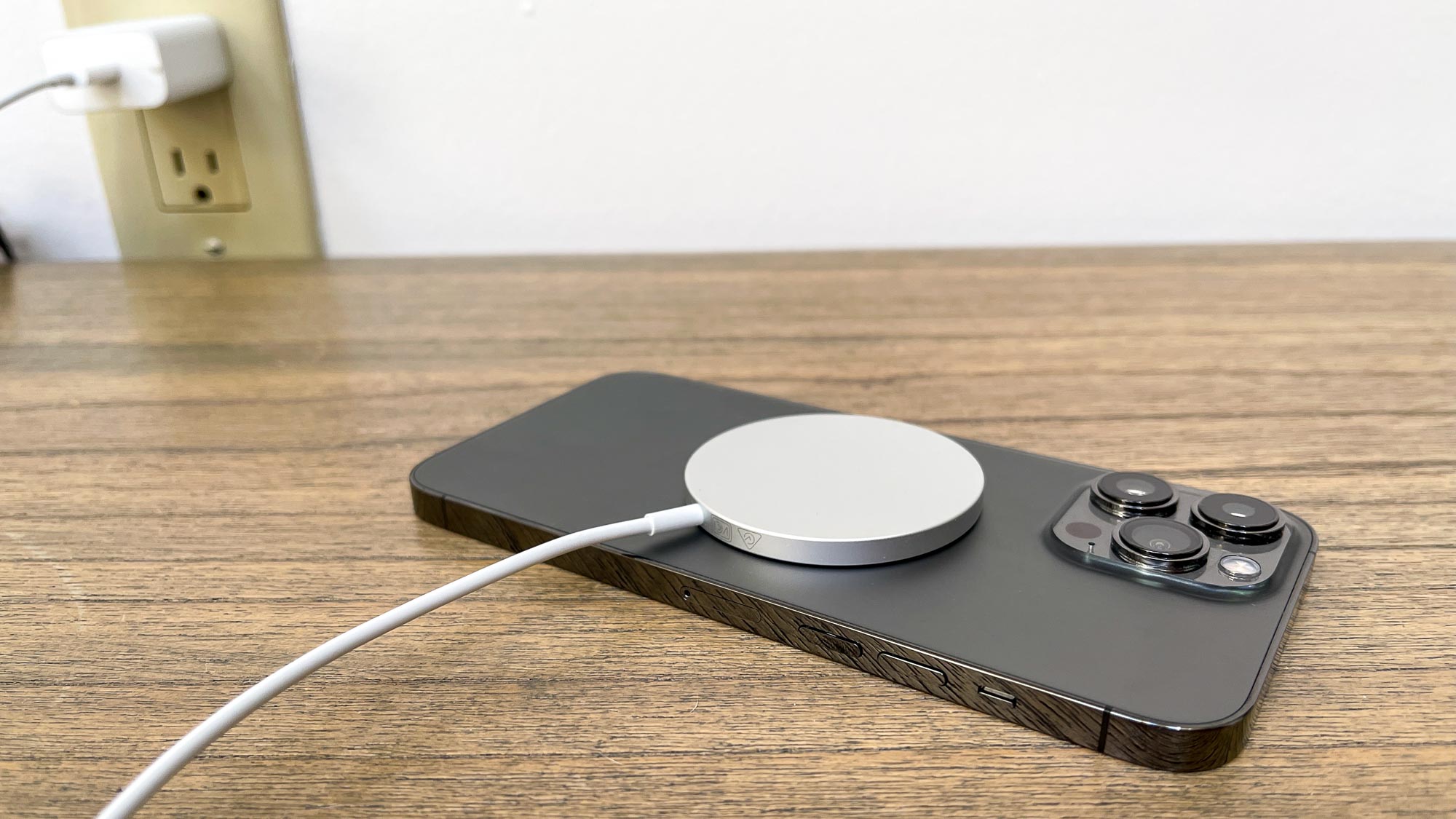
That's pretty ho-hum, but it seems especially pokey when you see what Android phones are doing with charging speeds these days. One of the major selling points for the OnePlus 9 series is the phone maker's 65W fast charging technology. You're seeing other phone makers adopt these faster speeds, too. Get the iPhone 13, though, and you'll discover that Apple isn't among them.
iPhone 13 outlook
As we said at the start, we're big fans of the iPhone 13, and we can show you the glowing reviews to prove it. For most people, the iPhone 13 gets enough right to make an upgrade a no-brainer. But there might be some people who see the flaws listed above and decide to take a pass on this year's model — at least for now.
Philip Michaels is a Managing Editor at Tom's Guide. He's been covering personal technology since 1999 and was in the building when Steve Jobs showed off the iPhone for the first time. He's been evaluating smartphones since that first iPhone debuted in 2007, and he's been following phone carriers and smartphone plans since 2015. He has strong opinions about Apple, the Oakland Athletics, old movies and proper butchery techniques. Follow him at @PhilipMichaels.

